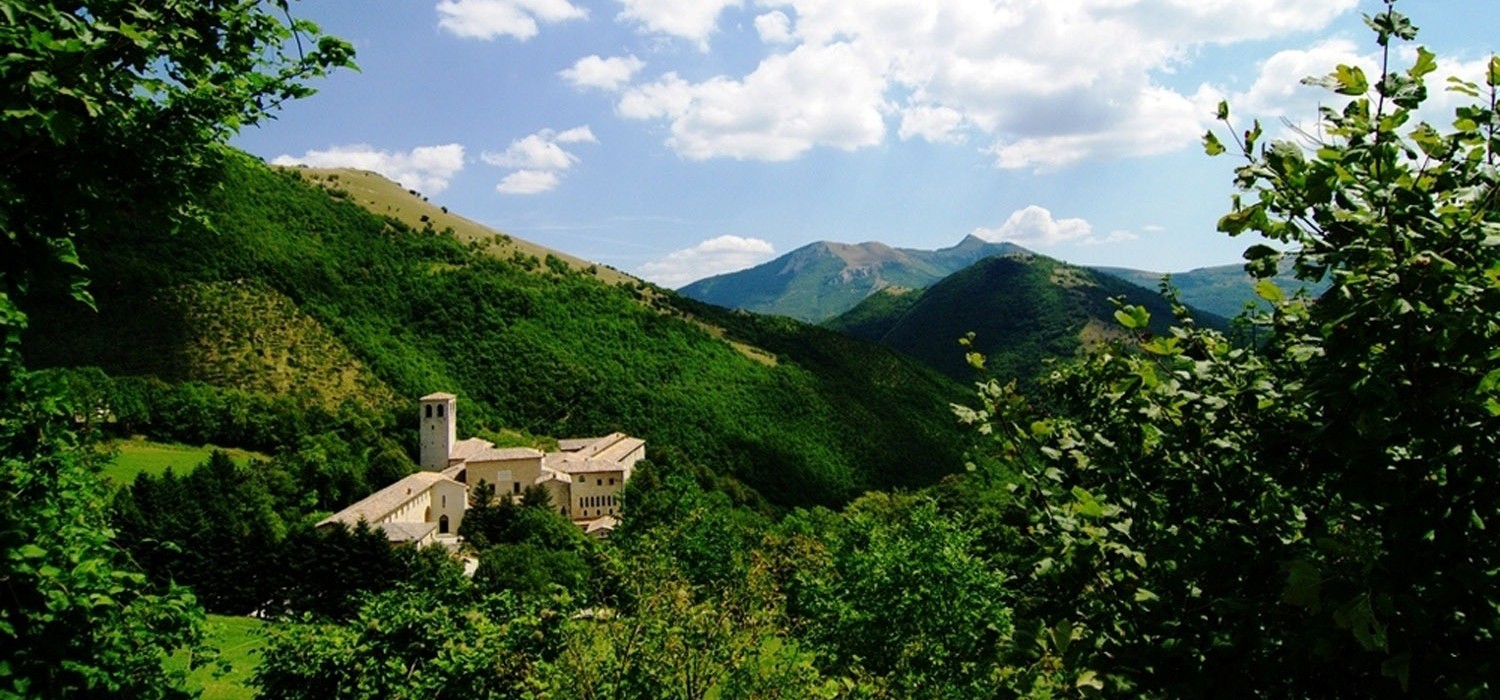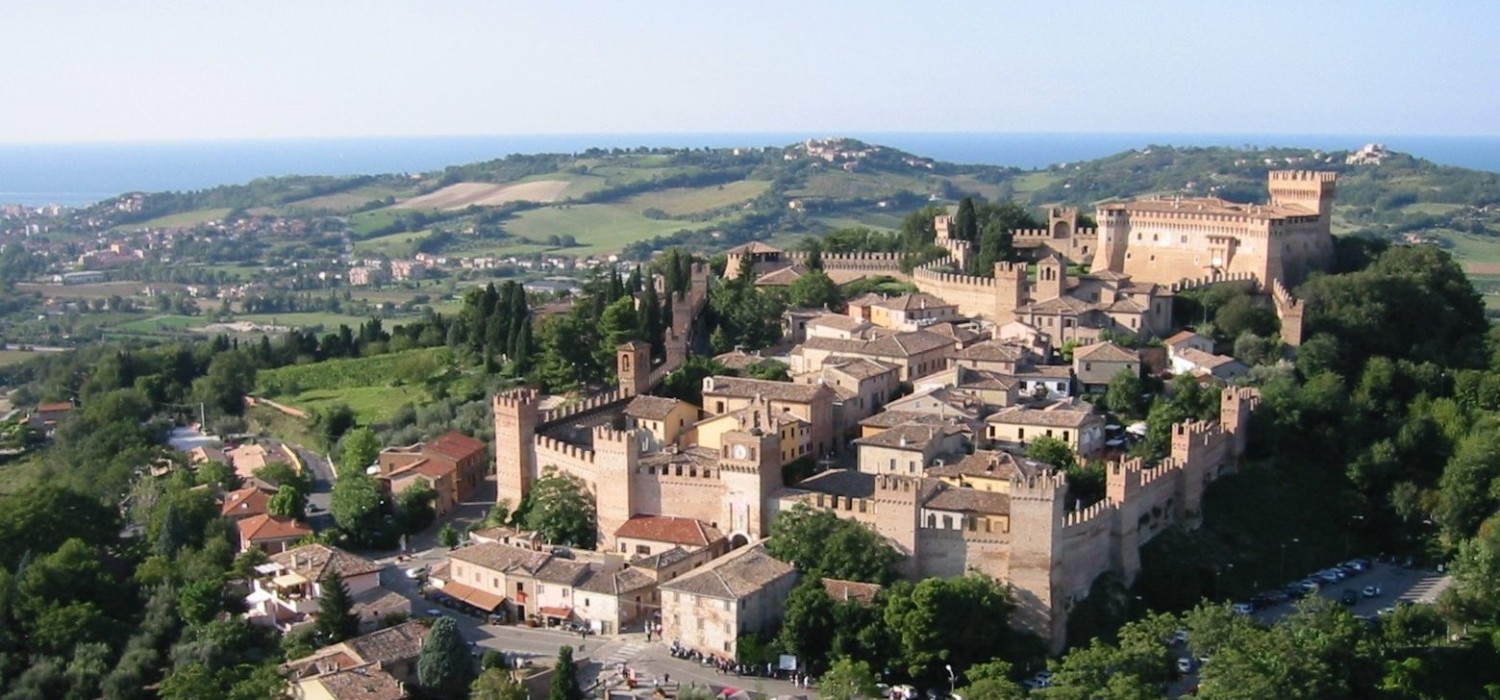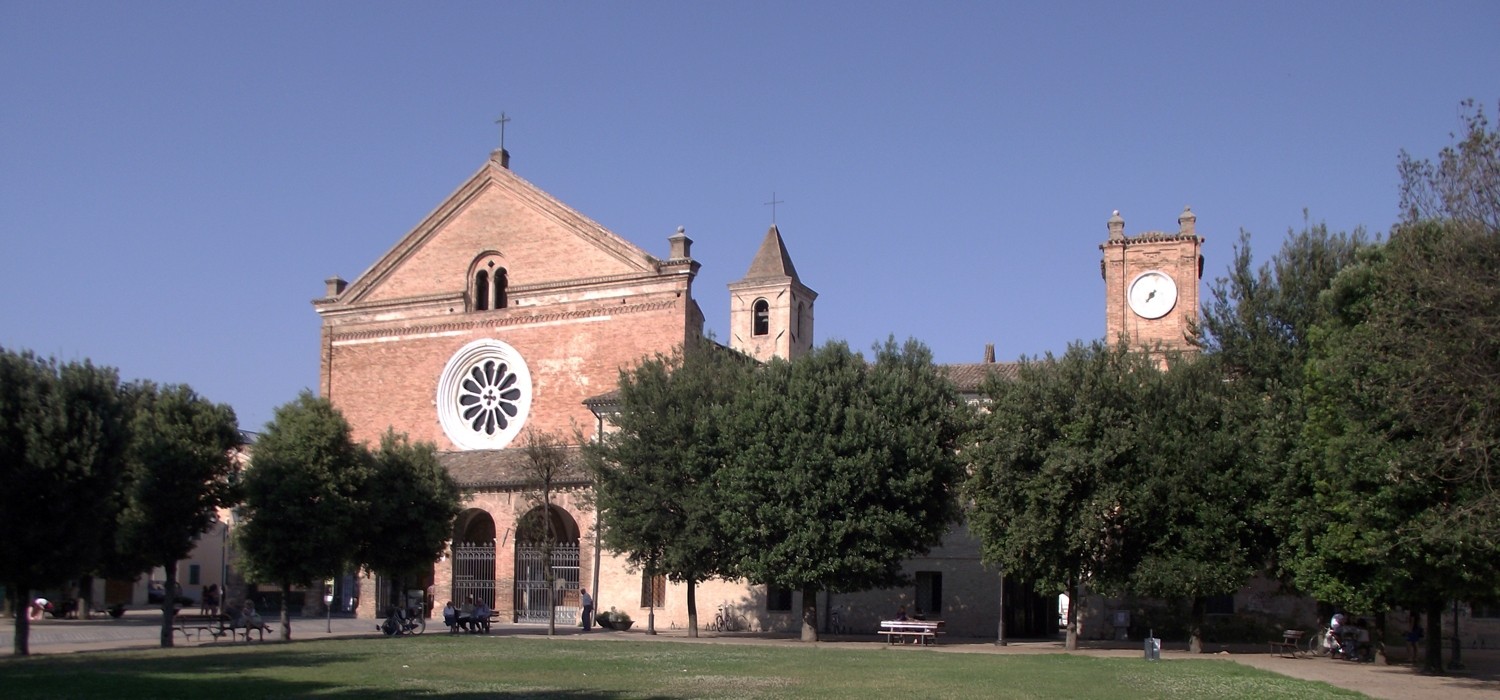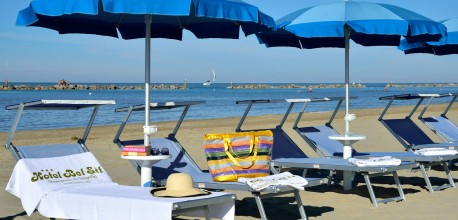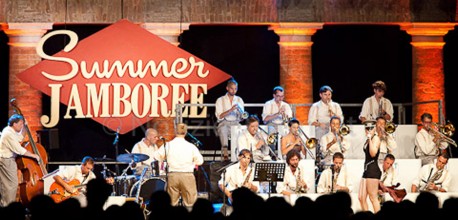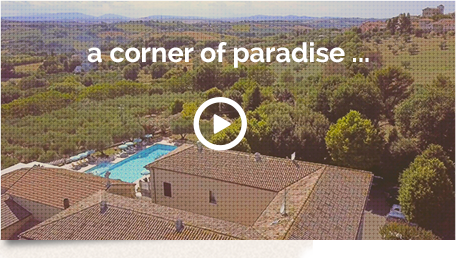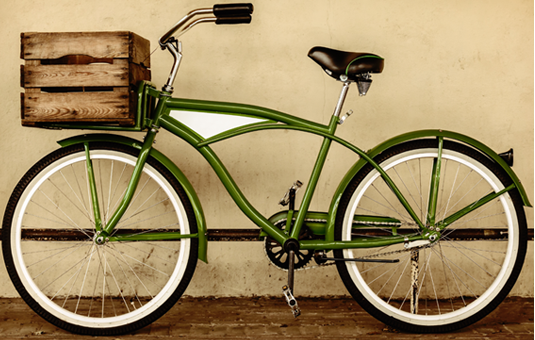Land of passage, situated always within the boundaries of political entities, strong from north to south and divided by powerful lords often opposing, Le Marche shows today with its many fortresses, signs of its history policy.
The Monastery of Fonte Avellana is located at the slope of the Mount Catria (1701 m.).
Its origins date back to 1000 but it is certain that in the final decades of the X century, several hermits chose to live in this wooded mountain creek, characterized by a large presence of hazelnut trees and a source of water.
Along the Cesano valley, the Fortress of Mondavio was realized on a previous building by the famous architect Francesco di Giorgio Martini from 1488 to 1501 leaving it unfinished. The polygonal shape of the fortress is really remarkable: since 2000 it houses a permanent exhibition of life-size replicas of war machines used in the XV and XVI centuries elaborated on original designs.
The Fiastra Abbey was born to protect the lands belonging to Cistercian monks who shaped it over the centuries. A warm and harmonious expression of a balanced relationship between man and nature can be enjoyed nowadays, too. Moreover, the Abbey offers all visitors to participate in the religious life and to plunge in a charming atmosphere of spirituality in an environment that remains almost intact and still inhabited by monks.
The origin of Gradara Castle dates back to 1150 by order of Pietro e Ridolfo De Grifo. This great castles rises 30 meters above the ground and its mighty structure dominates the entire valley, from the Adriatic Sea north to Mount Carpegna west. Blocks of stone go back to Roman times revealing the ancient roots of the entire village.
The size and magnificence of the castle, as we know it today, is dued to the Malatesta family, who between the XIII and XIV centuries built the fortress and the imposing walls that stretch for about 800 meters, mading it impregnable for centuries. It was the favorite residence of Pandolfo II Malatesta, Sigismondo Malatesta and many others.
The wellknown love story between Paolo e Francesca was lived inside the castle and was narrated by Dante in his “Divina Commedia”

